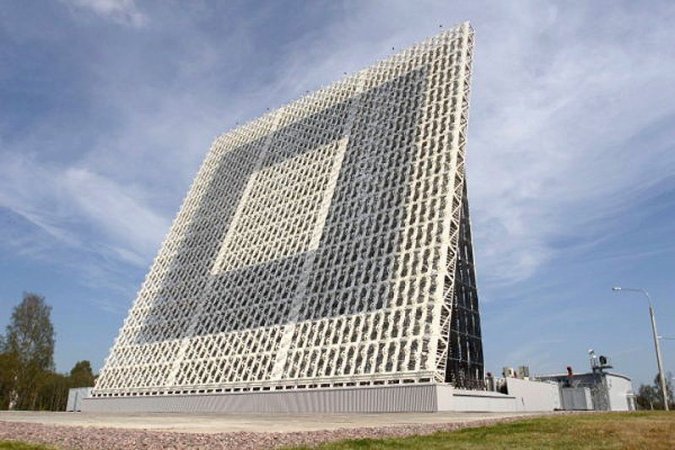SOURCE: AFI


India and Russia are reportedly on the verge of finalizing a significant defense deal involving the acquisition of an advanced early warning radar system capable of detecting threats at ranges exceeding 6,000 kilometers. According to a report by The Sunday Guardian, the agreement, valued at over $4 billion, is in the advanced stages of negotiation and aligns with India’s efforts to bolster its air defense and missile tracking capabilities.
A delegation from Almaz-Antey, a leading Russian manufacturer of air defense and radar systems, recently visited India to advance the discussions. The ten-member team, led by Deputy Chairman Vladimir Medovnikov, conducted meetings in New Delhi and Bengaluru to engage with Indian offset partners who will play a key role in manufacturing and technology transfer under the “Make in India” initiative.
The radar system under consideration is believed to be part of Almaz-Antey’s Voronezh series, a state-of-the-art early warning radar system designed to detect ballistic missiles, aircraft, and aerial threats. With a detection range of 6,000 to 8,000 kilometers, depending on the model and frequency band, the system is a critical component of Russia’s missile defense and space surveillance network.
While it is unclear whether India will procure an existing Voronezh radar or a custom-upgraded version, the system’s capabilities could position India alongside global powers like the United States, China, and Russia, which currently operate similar long-range radar systems.
In line with India’s defense localization strategy, at least 60% of the system is expected to be manufactured domestically by Indian partners. This move not only strengthens India’s defense industrial base but also ensures cost-efficiency and technological self-reliance.
Chitradurga, Karnataka, known for its existing defense and aerospace testing facilities, is likely to host the installation of the radar system. Its strategic location and infrastructure make it ideal for housing such a critical asset.
The acquisition of a radar system with such an extensive range will significantly enhance India’s missile defense and early warning capabilities. It will allow India to detect and track ballistic missile launches and other aerial threats from much greater distances, providing more time for response and mitigation.
This development comes amid India’s broader efforts to modernize its defense infrastructure and reduce reliance on foreign systems by integrating domestic production capabilities.